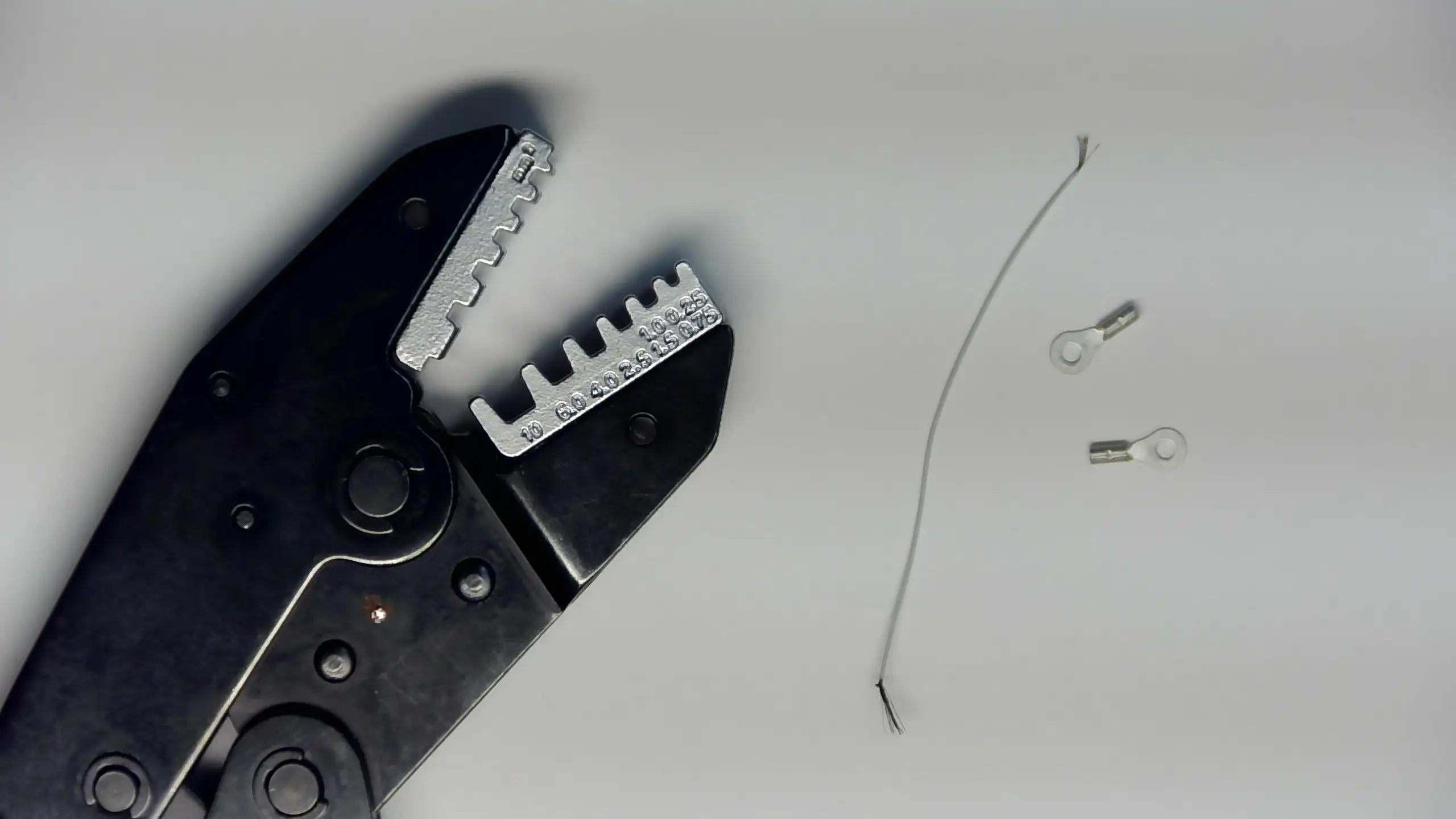
Galvorn, with its incredible properties, is revolutionizing how we think about high-performance materials. But as with any material, knowing how to properly join it is key to successful application. Whether you're working with delicate electronics or heavy-duty industrial components, we've compiled a guide to the best techniques for creating robust and reliable Galvorn connections.
Key Galvorn Joinery Techniques
We recommend several methods for joining Galvorn carbon nanotube (CNT) yarns and films, ranging from simple mechanical connections to advanced thermal bonding.
- Crimping
- Knots
- Brazing
- Epoxy
Videos are featured throughout this post to help you see what’s possible.
The Mechanical & Thermal Methods
Crimping: The Fastest Connection
For experienced wiring personnel, crimping is often the technique with the lowest barrier to entry. Crimped connections are popular for a reason: they are fast, able to be partially automated, and have a large ecosystem of parts available to suit the application.
We recommend using gold-plated crimps to ensure a long-lasting, high-quality connection to Galvorn.
Crimp Ring Connector:
Crimp to Solder:
Crimp Pin to Connector:
Ring Installation:
Crimp and Solder Installation:
Crimp Connector Installation:
Knots: Simple and Secure
Galvorn can be readily knotted and secured in numerous common electronic scenarios. This includes passing it through plated holes in a PCB, wrapping it around turret-style solder posts or wire-wrap pins, or securing it to various "test point" style circuit board components with a simple knot.
Knot Installation:
Brazing: For Maximum Performance
Brazing offers an extremely high-strength bonding solution for Galvorn.
This technique is best suited for applications that demand maximum performance, high strength, or the bonding of large surface areas. It requires specialized equipment, specific braze alloys, and precise thermal profiles, often involving vacuum brazing at high temperatures.
NOTE: We recommend using annealed fiber, which has been baked in a furnace at 500 Celsius in a nitrogen environment for 4 hours. This process does not affect the strength of the material, but may increase the electrical resistance by as much as a factor of four.
If your application requires this level of performance and can tolerate these conditions, please contact us for detailed specifications and support.
Epoxy: The Adhesive Solution
Conductive epoxy is a versatile and highly effective material for both electrically and mechanically bonding Galvorn to other surfaces and components. These epoxies come in different formulations with various curing methods to suit your production needs.
This material does a fantastic job of bonding Galvorn to:
- PCBs (Printed Circuit Boards)
- Solder tabs on switches and components
- Most clean surfaces
Epoxy can also be used to form reliable wire splices, secure EMI shields, and create robust splices between Galvorn fibers or tapes.
Epoxy Installation:
Choosing the Right Technique
Selecting the right joinery technique depends entirely on your application's requirements for strength, speed, temperature tolerance, and complexity. Below is a quick overview of what is best when.
| Technique | Primary Benefit | Best For... | Barrier to Entry |
| Crimping | Speed & Automation | High-volume wiring, standard harness assembly | Low |
| Knots | Simplicity & Versatility | Securing fibers to posts, pins, and through-holes | Very Low |
| Brazing | Maximum Strength/Performance | Extreme environments, large surface area bonding | High |
| Epoxy | Electrical/Mechanical Bond | PCBs, splices, EMI shielding, diverse materials | Medium |
We hope this post is helpful. As always, please don't hesitate to reach out if you have questions. Our team is here to support you!